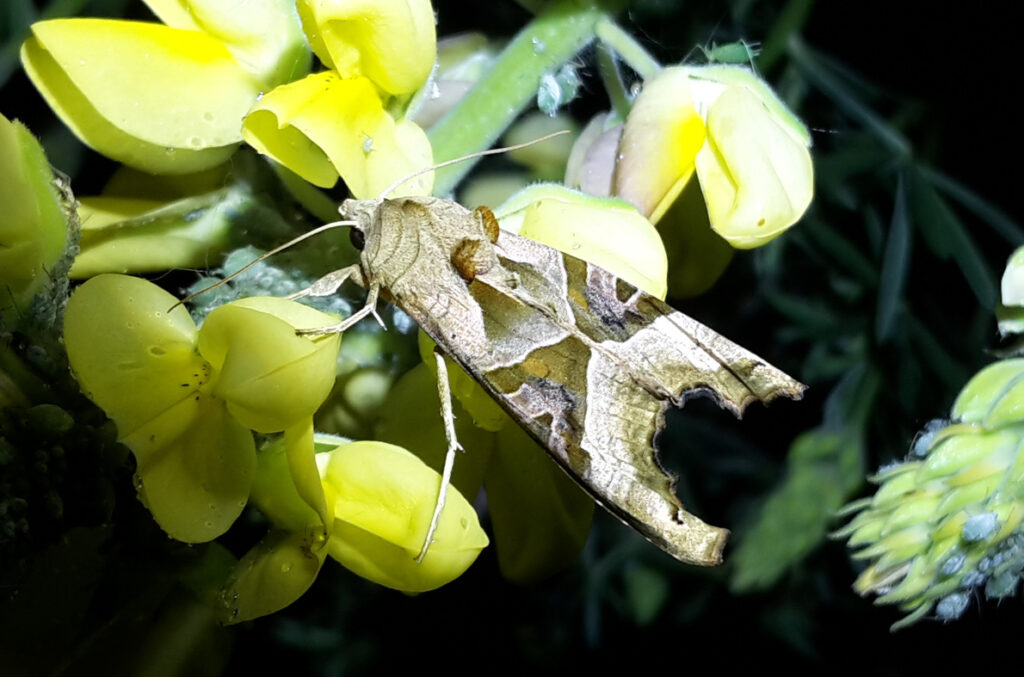
Author: Kevin Rylands, Fair to Nature Advisory Development Officer
…you’ll certainly be surprised. You may encounter characters more suited to Narnia than a picnic, with Tigers, Elephants and perhaps even Leopards on the prowl. Climate change hasn’t brought these exotic animals to our land just yet, but big surprises lurk out there in the darkness, with witches even active in the daylight hours!

Moths are a fascinating group of insects, although often overlooked, especially compared to their showy diurnal cousins, the butterflies. They get an undeserved bad press, not only eating clothes but being drab, brown and flying at night, unseen until they bump into the bedside lamp and proceed to manically flutter around the room. But of the 2500+ moth species in the UK just three may target clothes and many are far from drab. As well as stunning colours many also exhibit amazing camouflage and some wonderful names such as Setaceous Hebrew Character, Feathered Ranunculus or Nut-tree Tussock, the ‘say what you see’ species such as Heart and Dart and Bright-line Brown-eye, and similar species with genuine names such as The Uncertain and The Suspected!

Moths also play a key role in the countryside, pollinating plants and crops and being a vital link in the food chain for birds, bats and other wildlife. Fair to Nature farmers deliver the habitats needed for our caterpillars and adult moths, but since the late 1960s total moth numbers have declined by around a third and in the twentieth century over 60 species of moth became extinct in the UK.

This weekend 19-21 May is National Moth Night and the focus this year is on Woodland. Why not see what you can find in the garden or on the farm?
Whilst custom-built light-traps offer the easiest method of recording moths, you do not need to own specialist equipment to take part. You can record a variety of species by simply leaving outside lights on after dark or with kit as simple as a bedsheet and a torch (as well as the bedside lamp). Butterfly Conservation have advice on the best ways to attract them, including wine ropes.
There are a number of excellent books and websites to help with identification, but if you are not sure what moths you have seen the What’s Flying Tonight app will show you the top 50/100 species recorded in your local area on that date, helping narrow down the identification process.

Tomorrow is grown from our actions today
Contact us today to find out how we can help to achieve a great tomorrow
Register Interest
Sidebar form
or email us at fairtonature@rspb.org.uk
